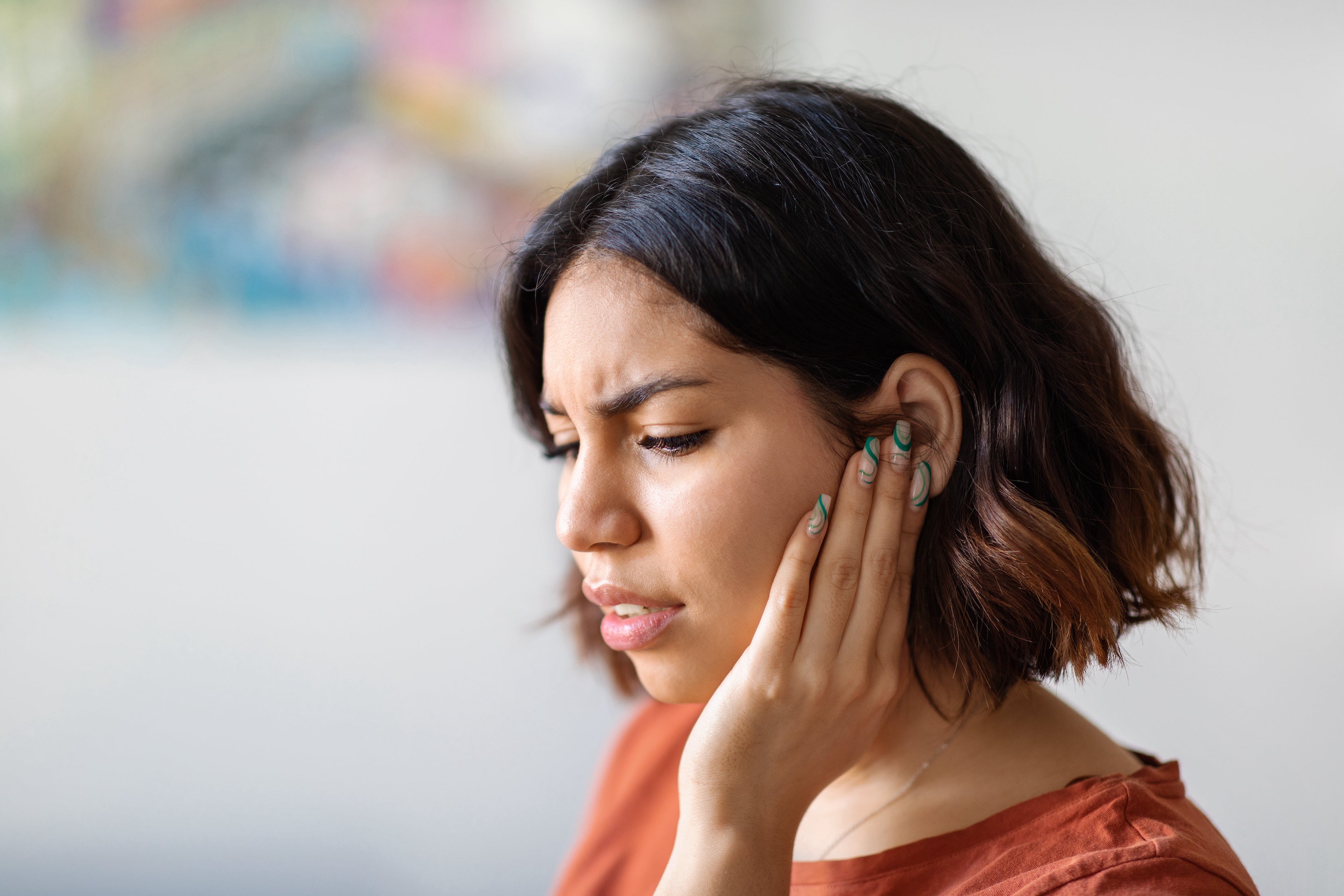New Tinnitus Therapy Can Quiet Torturous Ringing in the Ears
Constant buzzing and ringing in the ears without any input from the external environment can seriously impair quality of life for the 10 percent of the U.S. population with severe tinnitus. A combination treatment using sound and electrical stimulation may now give hope to sufferers.
One cause of tinnitus is probably overactivity of the dorsal cochlear nucleus (DCN) in the brain stem. This is where acoustic signals are processed with other sensory stimuli.
So the whistling and ringing in the ears caused by tinnitus is not purely a disease of the brain’s auditory system. Up to 80 percent of people with the condition have the so-called somatic form, in which the disturbing noises are generated or altered by head or neck movements. In a recent clinical trial, Susan Shore of the University of Michigan and her colleagues used a new procedure to significantly alleviate the symptoms of tinnitus. “I think the study represents hope for all sufferers,” says tinnitus expert Berthold Langguth of the University of Regensburg in Germany, who was not involved with the research.
Shore’s team developed a “bisensory” treatment consisting of an in-ear headphone and two externally attached electrodes that delivered a combination of acoustic and electric stimuli to reduce activity in the DCN. The level of stimulation was individualized to each person’s tinnitus. The study involved 99 people with somatic tinnitus, each of whom were given a prototype device for home treatment over the course of the study.
Participants in the experimental group underwent the procedure for 30 minutes daily for six weeks during the study’s first phase. Those in the control group also attached the electrodes near their ear and on their neck, but the electrical impulse was absent—they received a purely acoustic treatment. Because the electrical impulses were not perceptible, none of the participants knew who belonged to which group.
After a six-week break, which was the second phase of the study, the protocol shifted for phase three: each of the two groups received the opposite treatment for another six weeks. After the first phase, the tinnitus in the experimental group was already reduced significantly, and the treatment provided meaningful clinical benefits. The participants’ tinnitus was perceived as only half as loud on average after phase one. Even during the treatment break, the situation continued to improve. The effect lasted up to 36 weeks. “In my estimation, this is a very promising procedure,” Langguth says. Shore now wants to move the new method quickly through the approval process and then onto the market.

Constant buzzing and ringing in the ears without any input from the external environment can seriously impair quality of life for the 10 percent of the U.S. population with severe tinnitus. A combination treatment using sound and electrical stimulation may now give hope to sufferers.
One cause of tinnitus is probably overactivity of the dorsal cochlear nucleus (DCN) in the brain stem. This is where acoustic signals are processed with other sensory stimuli.
So the whistling and ringing in the ears caused by tinnitus is not purely a disease of the brain’s auditory system. Up to 80 percent of people with the condition have the so-called somatic form, in which the disturbing noises are generated or altered by head or neck movements. In a recent clinical trial, Susan Shore of the University of Michigan and her colleagues used a new procedure to significantly alleviate the symptoms of tinnitus. “I think the study represents hope for all sufferers,” says tinnitus expert Berthold Langguth of the University of Regensburg in Germany, who was not involved with the research.
Shore’s team developed a “bisensory” treatment consisting of an in-ear headphone and two externally attached electrodes that delivered a combination of acoustic and electric stimuli to reduce activity in the DCN. The level of stimulation was individualized to each person’s tinnitus. The study involved 99 people with somatic tinnitus, each of whom were given a prototype device for home treatment over the course of the study.
Participants in the experimental group underwent the procedure for 30 minutes daily for six weeks during the study’s first phase. Those in the control group also attached the electrodes near their ear and on their neck, but the electrical impulse was absent—they received a purely acoustic treatment. Because the electrical impulses were not perceptible, none of the participants knew who belonged to which group.
After a six-week break, which was the second phase of the study, the protocol shifted for phase three: each of the two groups received the opposite treatment for another six weeks. After the first phase, the tinnitus in the experimental group was already reduced significantly, and the treatment provided meaningful clinical benefits. The participants’ tinnitus was perceived as only half as loud on average after phase one. Even during the treatment break, the situation continued to improve. The effect lasted up to 36 weeks. “In my estimation, this is a very promising procedure,” Langguth says. Shore now wants to move the new method quickly through the approval process and then onto the market.
